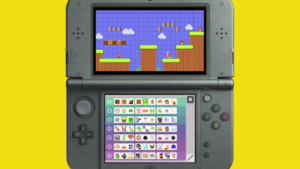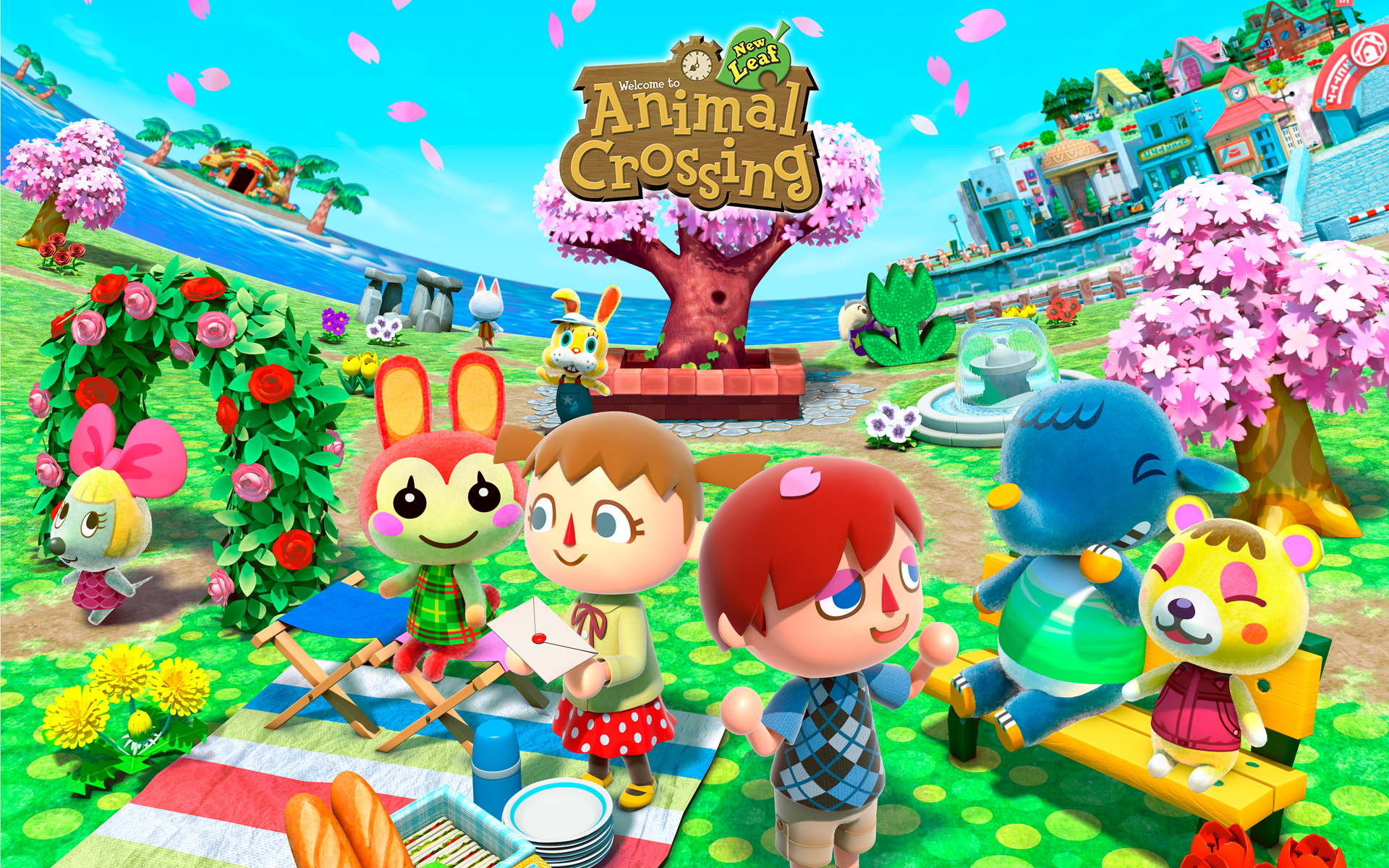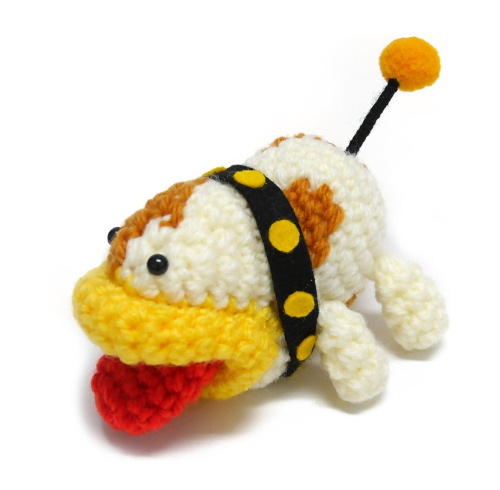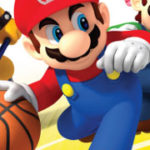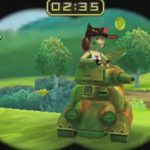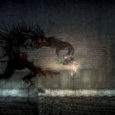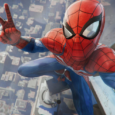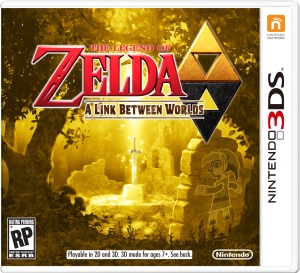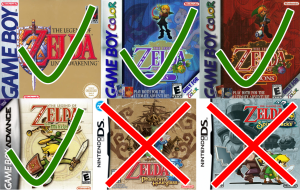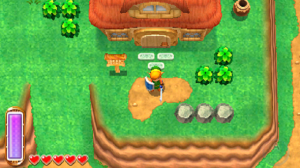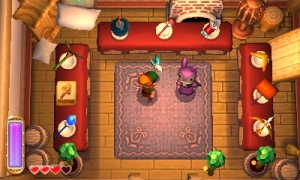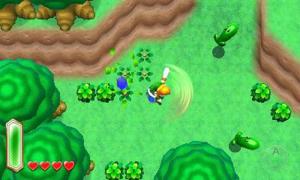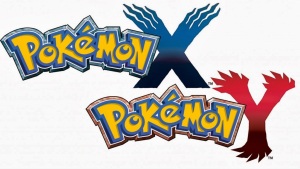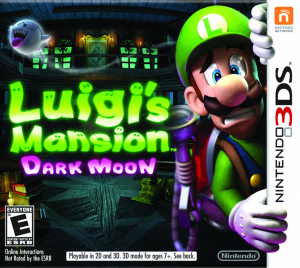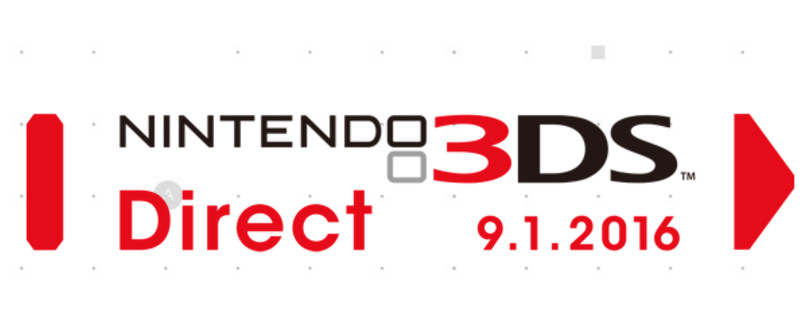 Get hyped! Lots of Nintendo news on today’s 3DS focused Nintendo direct. Checkout what we learned:
Get hyped! Lots of Nintendo news on today’s 3DS focused Nintendo direct. Checkout what we learned:
There will be a Super Mario Maker for the 3DS. It will feature 100 Nintendo-made courses right out of the box. You will get to connect to the internet to play courses built on the Wii U as well, but there will be limited search functions to find these courses. Sharing 3DS made courses via StreetPass is simple and you can even send unfinished courses to friends so you can collaborate on course creations. All in all it sounds like a great package and the perfect ton the go experience. There was no release date given for this game yet.
Nintendo went into detail about a large new Animal Crossing update for the entry, New Leaf. There will be a mini-direct that focuses on all Animal Crossing news here in the coming weeks.
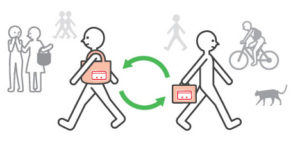 New StreetPass mini games were announced and they will be available today. You will be able to enjoy: Slot Car Rivals, Market Crashers, Feed Mii, Mii Trek, and Ninja Launcher. You can download either Slot Car Rivals or Market Crashers for free, and then purchase the four other games in a bundle at a discounted rate. Also the Mii Plaza gate has gotten an update which allows you to welcome 100 guests instead of the original cap of 10. Also enjoy new Quick Plaza features, which has you interacting with the Plaza faster than ever before!
New StreetPass mini games were announced and they will be available today. You will be able to enjoy: Slot Car Rivals, Market Crashers, Feed Mii, Mii Trek, and Ninja Launcher. You can download either Slot Car Rivals or Market Crashers for free, and then purchase the four other games in a bundle at a discounted rate. Also the Mii Plaza gate has gotten an update which allows you to welcome 100 guests instead of the original cap of 10. Also enjoy new Quick Plaza features, which has you interacting with the Plaza faster than ever before!
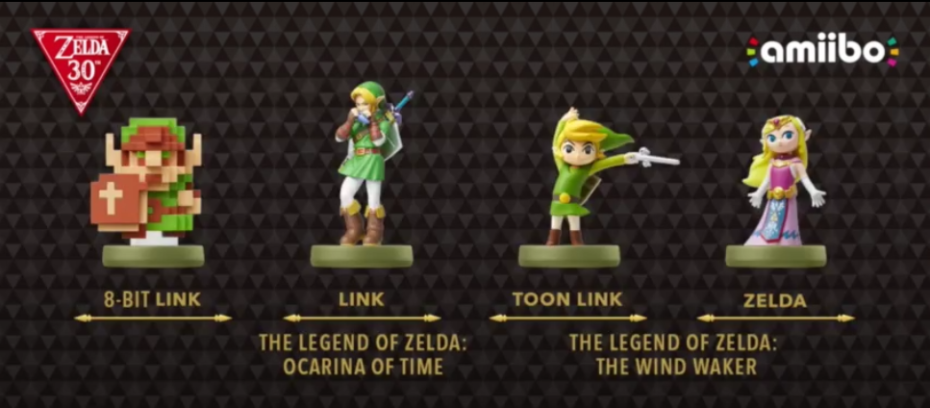 New Amiibos were also announced! In celebration of the 30th anniversary of Legend of Zelda. The figures for this phase will be: Ocarina of Time Link, Pixel Link, and a two-pack featuring Toon Link and Zelda from the Wind Waker. These Amiibos will be available at retailers on December 2. All figures will have special features for the new Zelda game as well coming out next year!
New Amiibos were also announced! In celebration of the 30th anniversary of Legend of Zelda. The figures for this phase will be: Ocarina of Time Link, Pixel Link, and a two-pack featuring Toon Link and Zelda from the Wind Waker. These Amiibos will be available at retailers on December 2. All figures will have special features for the new Zelda game as well coming out next year!
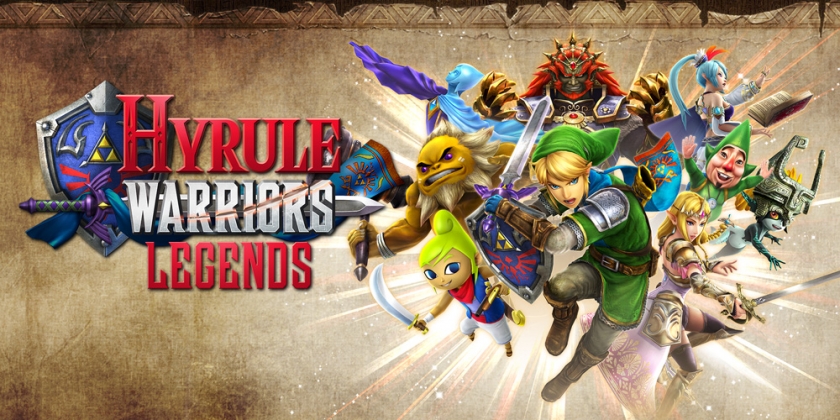 Hyrule Warriors Legends on 3DS will gets its third piece of DLC. Expect new weapons, a new character in Toon Zelda, as well as new Adventure Mode maps and Challenge battles. This DLC pack will cost $6.99.
Hyrule Warriors Legends on 3DS will gets its third piece of DLC. Expect new weapons, a new character in Toon Zelda, as well as new Adventure Mode maps and Challenge battles. This DLC pack will cost $6.99.
A new yearn Amiibo was announced in the form of Poochy. So that’s a thing!
Mario Sports Superstar is a new 3DS game headed to you system come spring 2017. This slamming sports package will include: soccer, baseball, tennis, golf, and horse racing. You will be able to compete in single player and multiplayer tournaments.
 Soon, you will be able to play Pikmin on the 3DS for the first time! It will release sometime in 2017 and will be a side-scrolling adventure. Not much news was given other than that it exists and it’s on its way out, so stay tuned for more info in the coming months!
Soon, you will be able to play Pikmin on the 3DS for the first time! It will release sometime in 2017 and will be a side-scrolling adventure. Not much news was given other than that it exists and it’s on its way out, so stay tuned for more info in the coming months!
Tank Troopers was also announced, and it is a new six-player multiplayer games headed straight to the eShop. It will be out winter this year. Also Picross 3D Round 2 is available today. It is a puzzle game that is based off your Amiibo collection. A demo is available as well.
So that’s the Direct in a nutshell! The 3Ds is being catered to well into next year despite the lingering launch of the NX that is supposedly coming before the spring of 2017. Personally I am pumped for Super Mario Maker on the go. Which piece of news catches you fancy? Sound off in the comments below!
At one time, you couldn’t get a better handheld series port than Zelda. Link’s Awakening, the Oracle games, and Minish Cap were masterpieces in their own right, distinctly different from their console brethren, but equally as challenging and entertaining.
Then the DS came along and screwed it all up for everyone.
Phantom Hourglass is the second worst handheld Zelda ever created. Though it had the visual charm of Wind Waker, it captured none of the exploration and adventure, instead replacing a vast world with a central dungeon which needed to be beaten nigh-endlessly to get to its ending. This frustrating repetition on top of a less than stellar game made for an experience I care to not repeat. The only game worse than this was its successor Spirit Tracks, which decided if it made us go on set paths to get to areas to explore, it would somehow be better than a free roaming boat. Though the central dungeon idea was improved by removing its time limit and allowing you to skip previously played parts, the developers stuck to their guns of extending gameplay time at the expense of monotony. Bleh. The age of handheld Zelda darkness was upon us.
But hark, like the sun peering through a dark cloud break, a new game was announced. One that featured top-down adventuring ala the previous handhelds and was a sequel to one of my personal favorites, A Link To The Past. A Link Between Worlds promised to take us back to a familiar Hyrule and bring the series back to its roots. As wary as I was, I bought it on the hopes that just maybe the developers realized that exploration is a crucial part of gameplay and it’s a bad idea to have half your game consist of playing the same level ad nauseam. I popped it in the 3DS and braced myself for disappointment.
I’ve never been so happy to have my fears unfounded.
Okay maybe I have, but you get the picture.
Link to the Past Nostalgia, But Better
First off, just to hear the classic Link to the Past tune to start off the game brought a stupid grin to my face. And it didn’t stop as I started the game. This version of Link is the blacksmith’s apprentice, which makes you wonder how far it is in the future if the fame and deeds of his ancestor didn’t keep him from working, but I digress. You start off in the same house from Link to the Past, you have an almost identical world map to Link to the Past, and all the music is revamped versions of, you guessed it, Link to the Past. This game just screams nostalgia in the absolute best way possible.
Another feature that struck me almost immediately was the smoothness of gameplay. Not only do you have full range of motion instead of just 8, you can break pots with your sword, and the complete pause of gameplay when going upstairs has been removed. The sword swings also seem to be faster and produce such a crisp sound and fast effect, it feels noticeably quicker and more satisfying to cut down a bush. I know that sounds stupid, but when you try it you’ll know and be like “Man, AristoGamer, you were right.” And I’ll pull down my aviators while I power up my helicopter to fly over the ocean and say “I know, kid.”
The story is also quite interesting. An evil entity named Yuga is turning sages into paintings and it’s up to Link, who suddenly gets the power to merge into walls, to foil his plot and save Hyrule and another place whose name is too hilarious to spoil. The second half of the game (there’s always a second half to a Zelda game) features a compelling plotline and one of the best endings to a handheld Zelda game in some time.
Breaking New Ground By Reexamining Old Ground
For the first time in franchise history, you can complete the dungeons in any order you want! When I first heard that, my mind was blown. “A non-linear Zelda should not be possible”, my psyche screamed. It was quickly silenced by the logical addition of Ravio, an item salesman who runs a store out of your house to rent you weapons. That’s right, from the beginning of the game you can rent every single quest-critical item for a price. The only catch is when you die, the items get returned and you must pay for them again. You also don’t need to worry about ammo or magic for specific items, as their use takes away from one unified bar that refills. Though it doesn’t make much sense for arrows to use the same system as the fire rod, it’s much simpler and more streamlined. I definitely don’t miss running out of ammo halfway through a dungeon and having to scrounge for more. This novel system singlehandedly loosened up a series which didn’t need loosening, but benefited from it greatly. The resulting game is radically fun, figuring out what items you need and want for each place and placing emphasis on gaining rupees.
That’s another cool thing, not only do start with a rupee limit of 9999, but because they’re so important, you find yourself caring about getting them far more. Gone was the exasperating feeling of needing to purchase something—anything—to lighten your coin purse. With this system, I don’t think I ever had over 4000 rupees. It seems so simple to place more importance on something so ubiquitous between games, but it’s a smart choice that made even cutting down bushes more rewarding.
In fact, the only negative thing I have to say about this game is I don’t really like the way Link looks from the top down view. Look at his front coif and tell me they couldn’t scale that back just a smidge so we could better see his face. Just compare Link to the Past and Link Between Worlds and tell me one doesn’t look more limiting.
Also, the art style reminds me of what they did with the new Donkey Kong, Kirby, and Mario Brothers games—they all look kind of similar and shiny. Though it’s not as pronounced a problem in this title and it harkens back to Link to the Past, it still has that same plasticky feel that the New Super Mario Brothers has where I feel like Nintendo got a bit lazy on the art. But again, it’s not nearly as noticeable in Link Between Worlds as it is in the aforementioned series.
Verdict:
Even if you’re not a Zelda fan or just haven’t played Link to the Past, A Link Between Worlds is an excellent game that has one of the smoothest engines, best soundtracks, and most creative dungeons of the series. The nonlinearity of the game allows the player more freedom while smart design choices remove the small annoyances and increase fun just running around. If you have a 3DS and like Zelda games or adventure titles, this should absolutely be the next game you buy.
Pokemon is a 17-year old franchise, and flagship of Nintendo’s first party titles, that has relied on the same formula since its inception. While the policy to “not fix what isn’t broken” has certainly been successful for the Pokemon franchise, each new generation has brought with it new wishes from fans on how to make the Pokemon experience more personal, and how to improve the overall presentation. After 17 years, X and Y are now the quintessential and refined entries in the Pokemon franchise. Although the formula remains the same, this new experience is absolutely unparalleled.
X and Y begin as all Pokemon adventures do, with the protagonist having just arrived at a new home in a new region, before being handed a Pokemon partner, a digital encyclopedia and sent off on an adventure. Right off the bat, veteran players will notice subtle changes in start of this adventure. For instance, rather than having one rival character, you have four friends who accompany you on your Pokemon journey. Each of these friends has different goals and ideals, and this is one of the things I came to appreciate most about X and Y. The diversity in friends represents the diversity of people playing Pokemon. Some are determined to conquer the Elite Four and become Champions, some are on a journey to complete the Pokedex, while others are simply going around the world to have a good time and make friends. X and Y is an inclusive adventure that allows for all of these goals to occur.
X and Y has over 450 Pokemon available in the pre-Elite Four Pokedex, more than in any other region. Surprisingly, very few of these 450 are new Pokemon, and many of them are drawn from previously explored regions in the Pokemon universe. This creates a wonderful experience combining nostalgia and new adventures. For example, in this game, you get to choose two starter Pokemon: one from the new generation, and either Bulbasaur, Charmander, or Squirtle from the original Red/Blue games.
 |
| The three new starters from the Kalos region! Each has its own strengths and weaknesses, and will prove an invaluable ally. |
Perhaps the greatest strength of this new generation is the completely overhauled visual presentation, brought to life by the Nintendo 3DS. Despite the fact that the overworld cannot be displayed in 3D, the environments of the game look incredible. I would frequently get lost in the various routes and cities within the Kalos region, just to marvel at a shimmering river or softly falling snow, while spellbound by the music. Battles looks incredible as well, with each Pokemon now having been rendered in 3D, and each displaying unique attack and idle animations. For the first time, I feel as though Pokemon are creatures truly brought to life.
 |
| Chespin prepares to launch a powerful Solar Beam attack! |
The plot of X and Y is relatively straightforward, and provides an engaging 35 hour experience before opening up to post-game contact. I really enjoyed my struggles to thwart the ambitions of Team Flare, all the while obtaining Gym Badges and preparing to take on the Elite Four. The plot is one of the most well-developed in the series, but does suffer from some minor pacing issues. I easily spent the largest percentage of my adventure between the first three Gyms, and then I quickly reached the fourth through seventh Gyms in almost immediate succession. Suddenly finding myself near the end of the game was a rather jarring experience, and I felt somewhat cheated as the plot rushed through several new environments in short succession.
However, some of the greatest strengths of X and Y are its new mechanics that provide the player with whole new ways to delve into the Pokemon world. Arguably the most popular of these is Pokemon-Amie, which allows you to pet and play with your Pokemon directly, using the touch screen of the 3DS as an interface. This function has plenty of appeal simply as a cute little mini-game, but playing with your Pokemon has some amazing effects in battle. Some of these effects are superficial, such as changes in the text when you send a Pokemon into battle. At one point in my adventure, however, one of my team members survived an otherwise fatal attack with one HP left, and I was informed that the Pokemon toughed out that attack simply because it loved me too much to disappoint me. It was the first time a Pokemon game has ever made me cry.
 |
| Petting and playing with a Pikachu in Pokemon-Amie is a uniquely entertaining experience |
In X and Y, it is easier than ever to connect with friends in the Pokemon universe. Trading and battling with complete strangers can be done within minutes after obtaining your starter Pokemon, and that interconnectivity makes X and Y a uniquely collective experience in the Pokemon franchise. This installment has also revolutionized the competitive meta-game, with the new Fairy type balancing out previous type advantages, and the Effort Values of each Pokemon now directly visible and under the player’s control.
That is not to say that this experience is perfect. Aside from the pacing issues, I found that X and Y removed some of the challenge of Pokemon. New experience mechanics, such as capture experience and the revamped Experience Share item make gaining levels require little to no effort on behalf of the player. Without grinding to level up my Pokemon, or EV training, I almost immediately found myself with significant level advantages over AI trainers and Gym Leaders. Even the Elite 4 and Champion of the Kalos region were easy to defeat without breaking a sweat. That lack of challenge definitely takes something away from the experience of veteran players, while making X and Y more inclusive to a new generation of Pokemon fans.
Overall, however, X and Y provide an experience and presentation unmatched by any of the previous Pokemon generations. Whether you’ve been a fan of Pokemon since the days of Red and Blue, or whether you’re entering the franchise for the first time, X and Y is an essential addition to your gaming library.
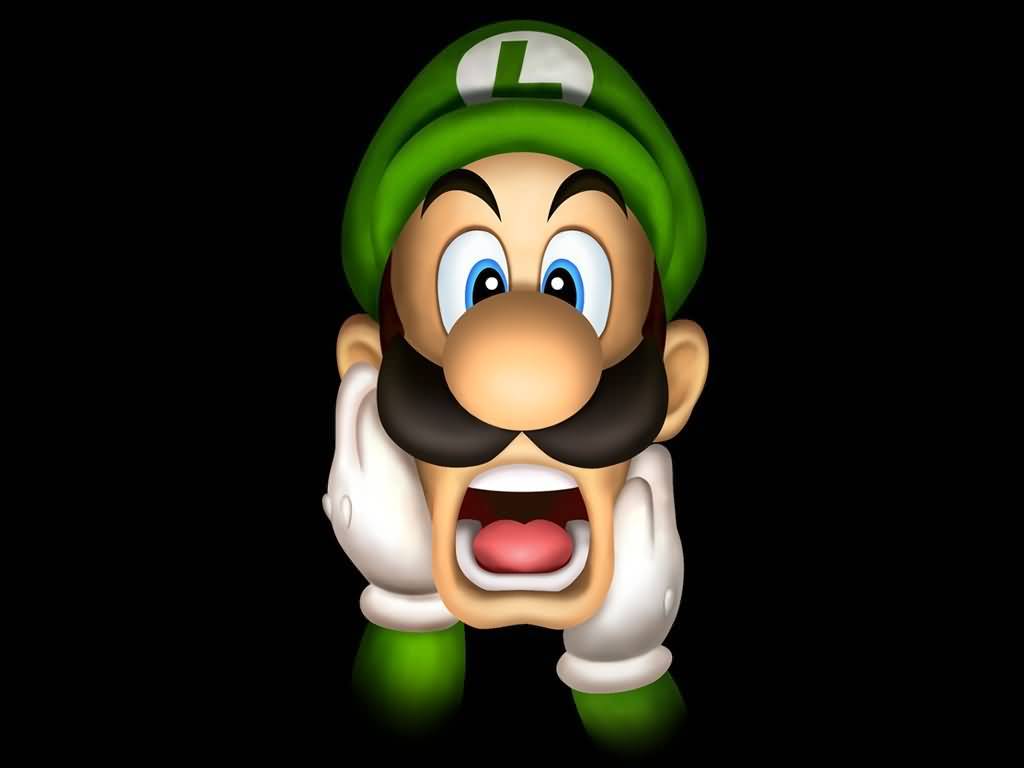
Luigi is awesomely Luigi-ish
+

Nobody speaks using real words
+

Like old point and click adventures, Luigi’s Mansion Dark Moon encourages you to interact with anything and everything in the background that you possibly can. Sometimes this leads to rewards and other times it simply leads to comedy.
+

You should play it if you have a 3DS
Johnny Townsend
Staff Writer
koala@ihogeek.com
 |
| Having Friends visit can be great, unless they are jerks and mess everything up |
It’s been almost twelve years since the release of the Nintendo Gamecube. The little purple box boasts a wide range of excellent releases, and Luigi’s Mansion was one of its earliest and brightest. Despite the game’s short length, Luigi’s Mansion was innovative, intelligent, and gave the timid Luigi a chance to shine in the spotlight! Now, at long last, Luigi’s Mansion has been given a sequel on the 3DS. The result? It’s a delightfully comic and eerie adventure, one that takes the innovation of its predecessor to beautiful new heights.
The story opens in the haunting Evershade Valley, where Professor E. Gadd (retired Ghostbuster) spent his days studying the playful and friendly ghosts inhabiting the region…or at least he was until the “Dark Moon” was shattered and fell out of the sky. As a result, the ghosts become hostile and start causing mischief and mayhem around the Valley. E. Gadd then drags Luigi out of his comfortable life, hands him some equipment, and sends him off to collect the fragments of the Dark Moon.
The gameplay is very similar to the original Luigi’s Mansion, and is fairly instinctive and accessible. Luigi is armed with the Poltergust 5000: a vacuum specially designed to suck up anything from dust to piles of cash, and even malicious little phantoms! Capturing the ghosts is a fairly straightforward process. You just charge your “stroboscope” (read: big flashlight) to stun the ghosts, and then use your Poltergust 5000 to wrangle them into captivity! Not all ghosts will be so easily captured, however! There’s a certain puzzle element to discovering the weaknesses of each type of ghost, and figuring out how to get them into the beam of your flashlight. This makes it so that collecting ghosts is never a bore, and I always felt a sense of satisfaction when I finally managed to trip up a cunning specter.
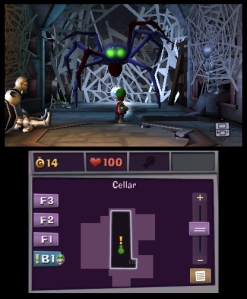 |
|
That’s a big twinkie… |
Outside of capturing ghosts, Luigi will frequently be forced to solve various puzzles in order to advance through each mansion. Many of the puzzles are well-designed and present a fair challenge, but by the end of the game, they do become slightly repetitive. It’s a minor flaw, but it did occasionally draw me out of the whole experience.
The presentation of Dark Moon is nothing short of delightful. Each of the spooky mansions you explore in Evershade Valley has its own aesthetic quirks, unique puzzles, and countless hidden secrets. The world of Evershade Valley is beautifully designed, and the game was clearly developed to maximize the 3DS’ potential. Seeing mischievous ghosts gambol about and pop up out of the screen never ceased to be entertaining.
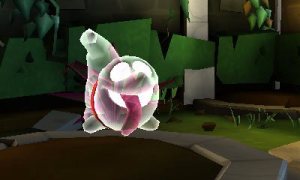 |
|
You know Zuul, for an undead demonic entity, you are one adorable little puppy. |
The greatest strength of Dark Moon is probably the fact that it does not take itself too seriously. Despite the spooky premise, the game is nothing short of hysterical. Luigi’s bumbling efforts and the ghosts’ antics faultlessly inject humor into the gameplay. You may not end up doing something as ridiculous as fighting an ancient Sumerian god in the form of a giant marshmallow man, but you’ll constantly be charmed and wearing a smile.
There’s also an interesting multiplayer mode, where you and three other players work together to clear randomly generated rooms of ghosts, and collect coins for bonuses. It’s not a very in-depth multiplayer experience, but working together to capture ghosts often plays out in rather entertaining ways.
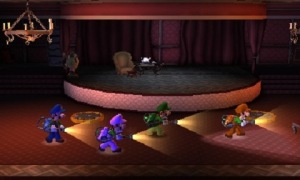 |
|
“Don’t cross the streams.” |
Overall, Luigi’s Mansion: Dark Moon is a fantastic and long-awaited revival to a delightful franchise. It suffers from its predecessor’s faults of being rather short (you can expect approximately 12-15 hours of gameplay) and being rather fast-paced at times, but it’s an enthralling and masterfully detailed experience. If you missed this game’s release and require any more incentive, I only have one more thing to say.
GO GET HER, RAY.


